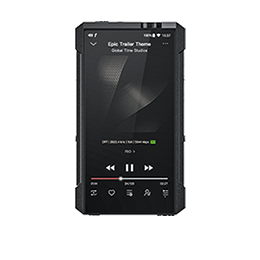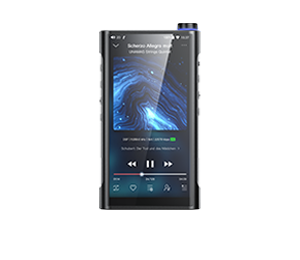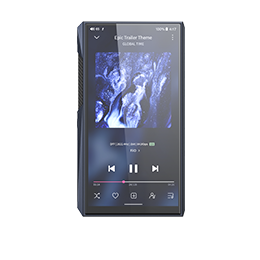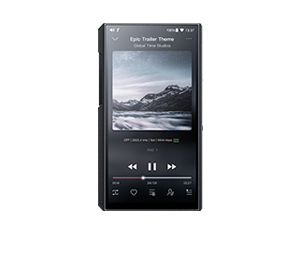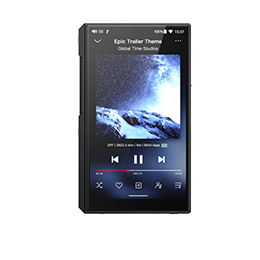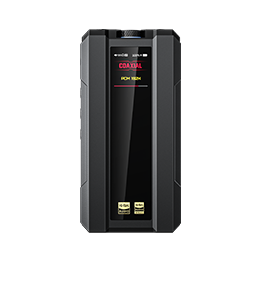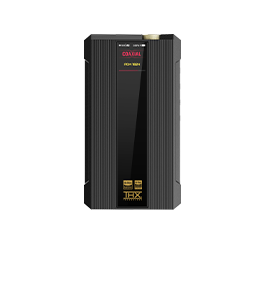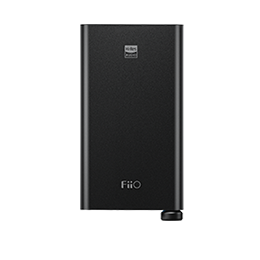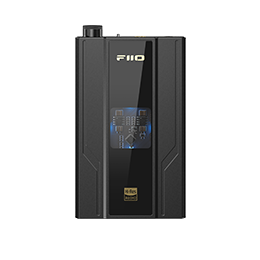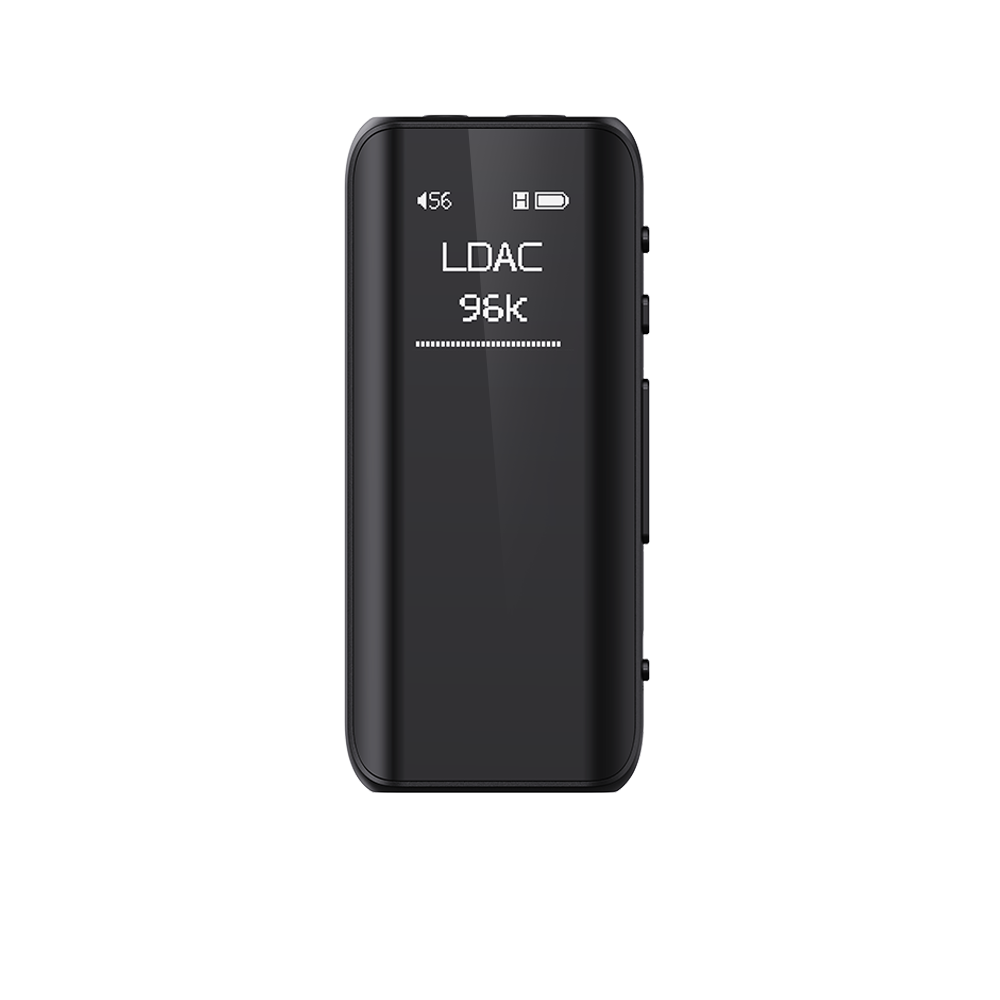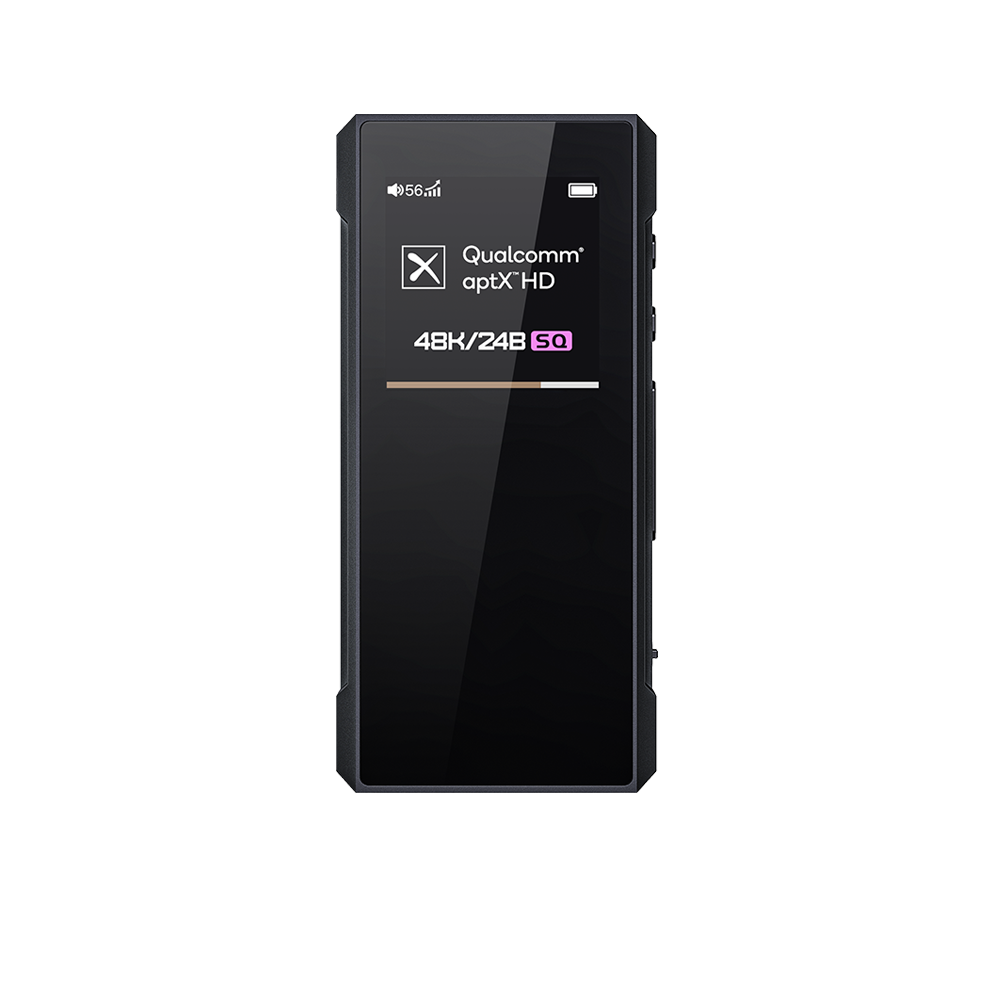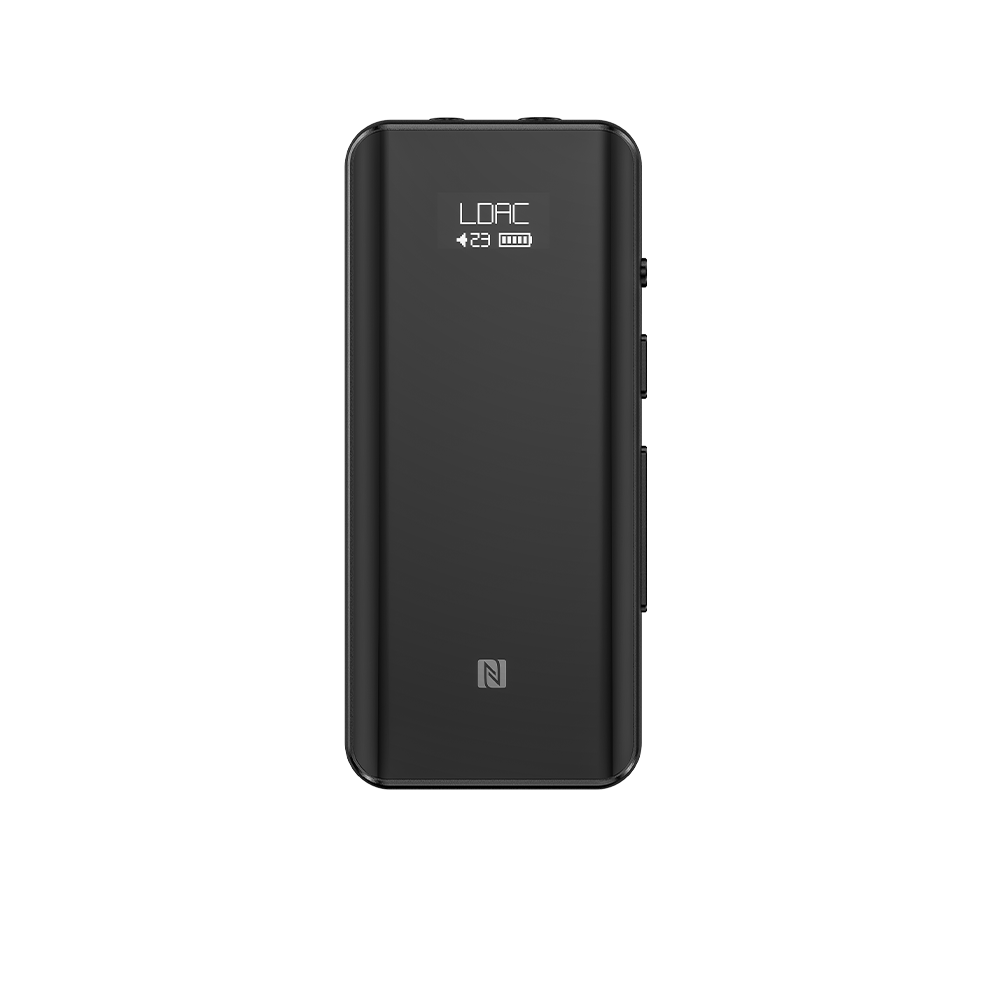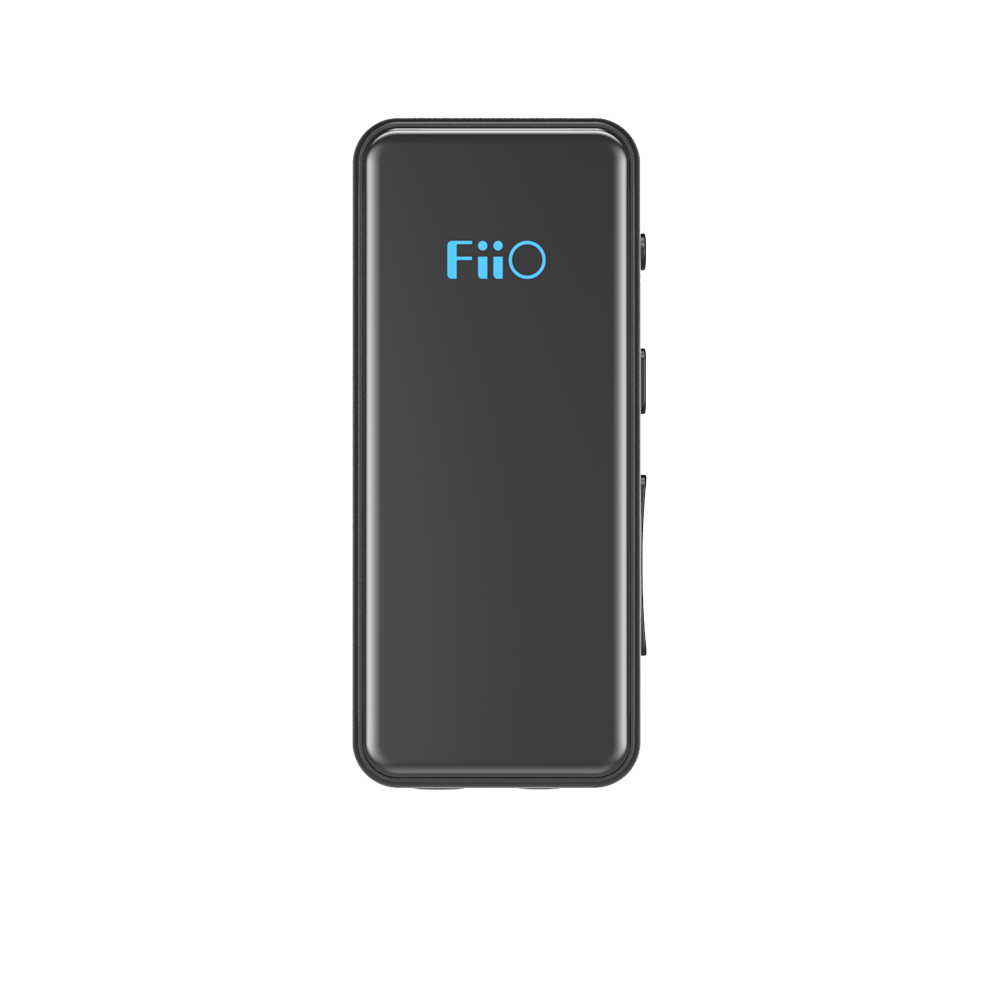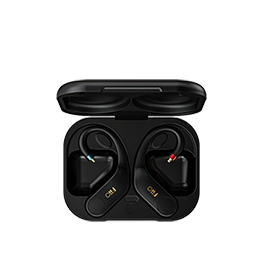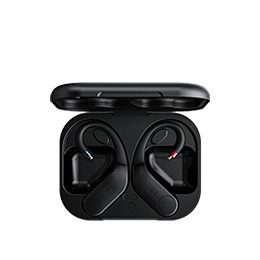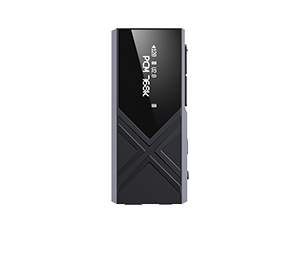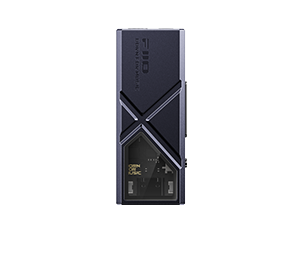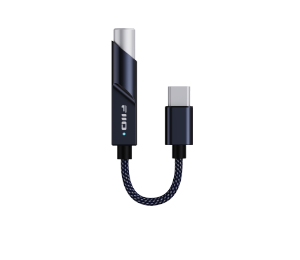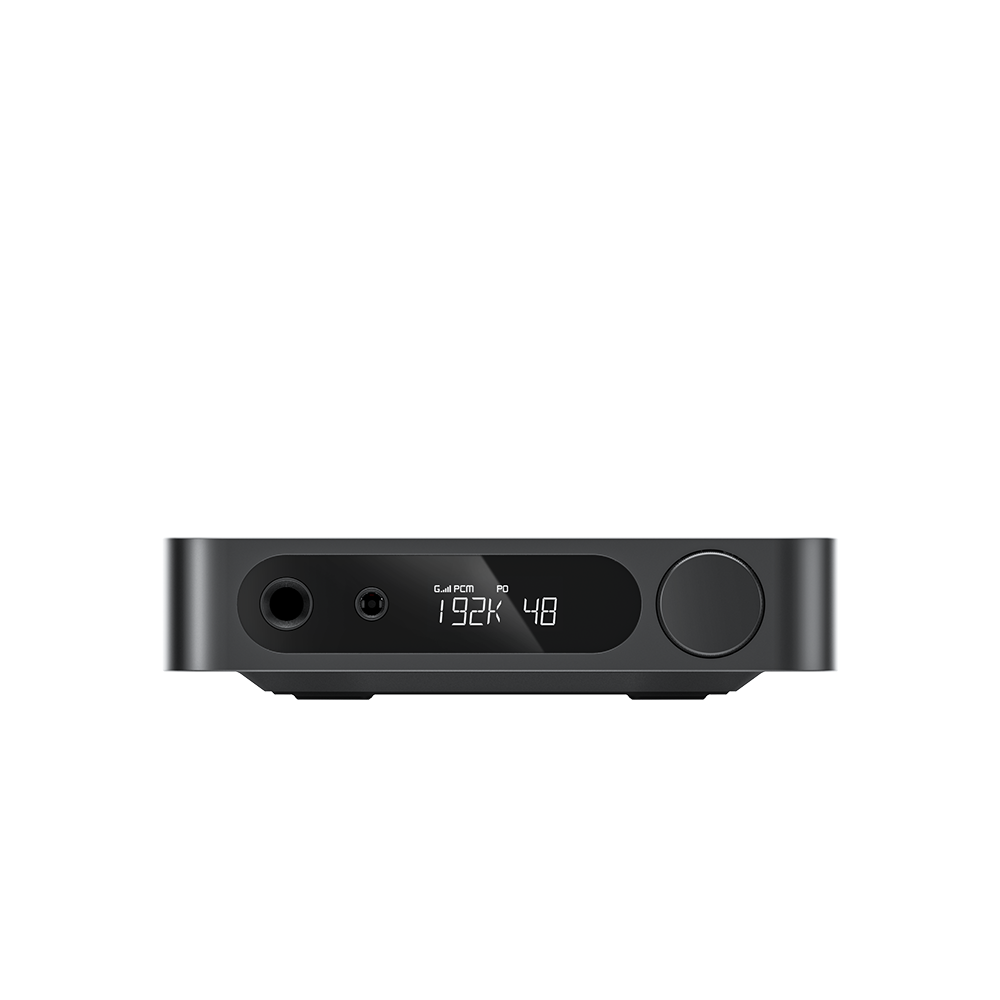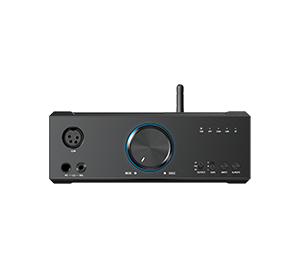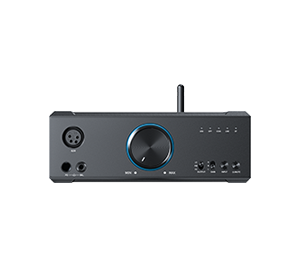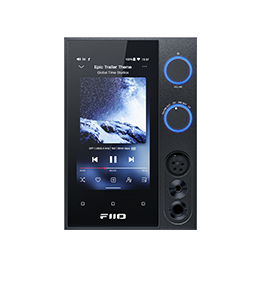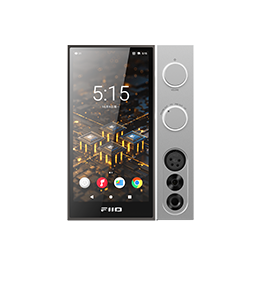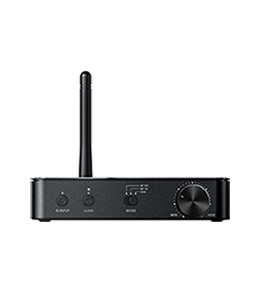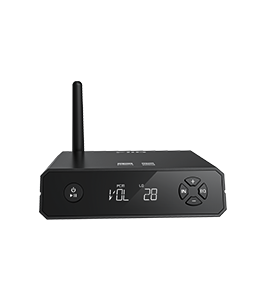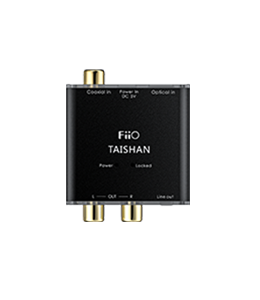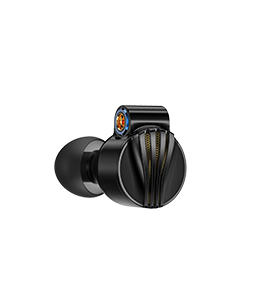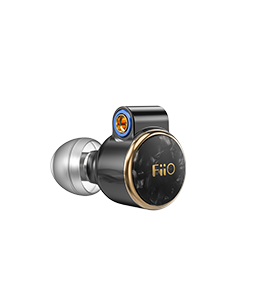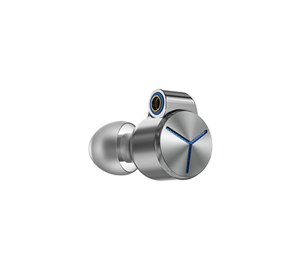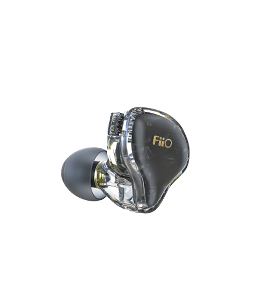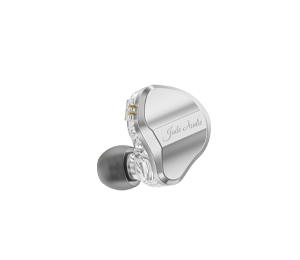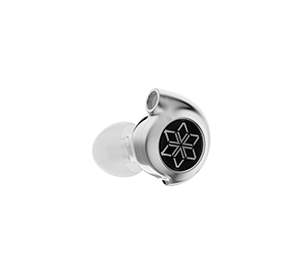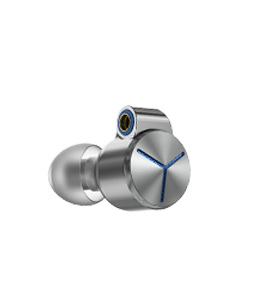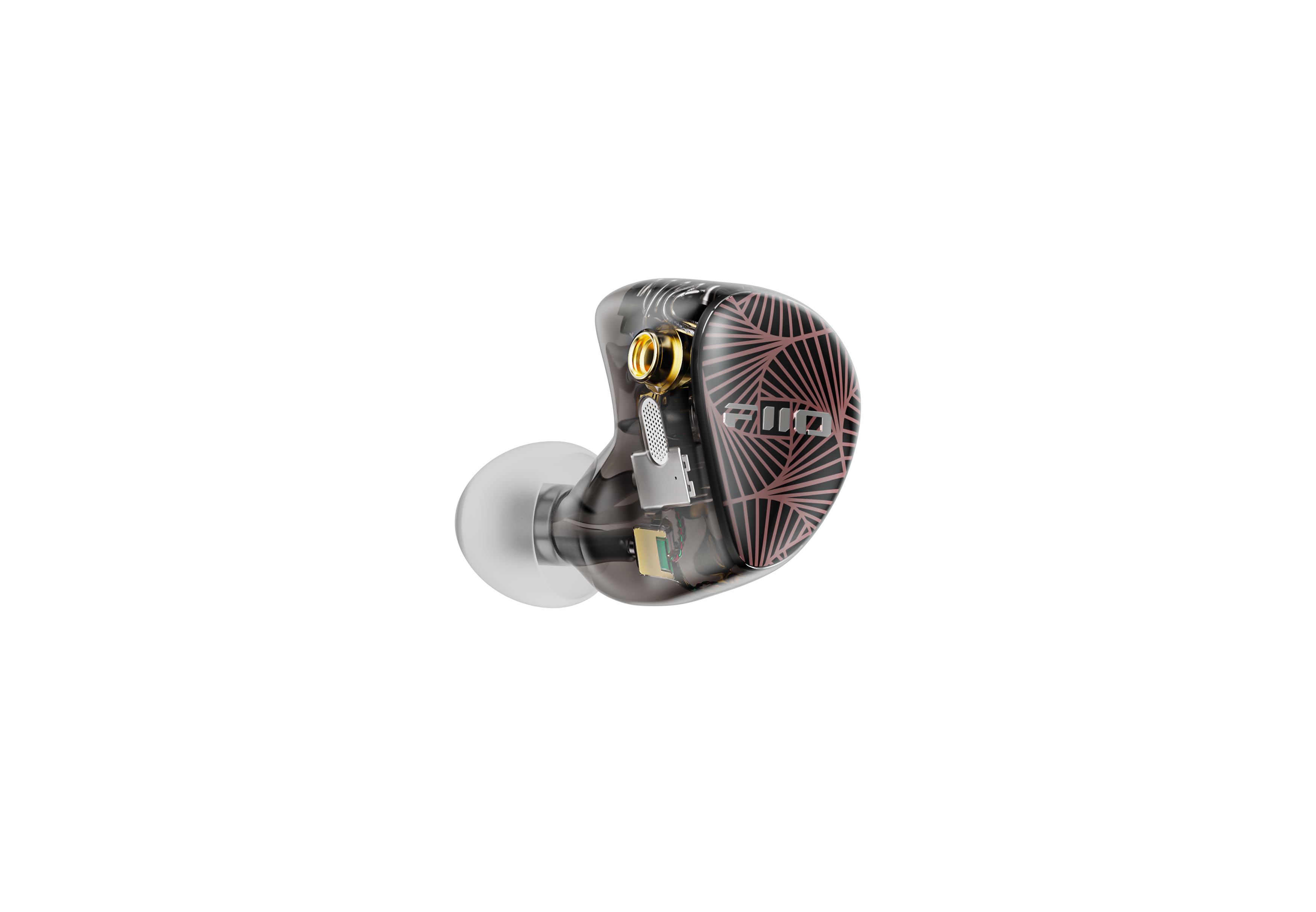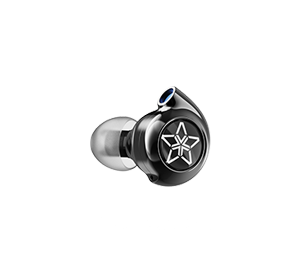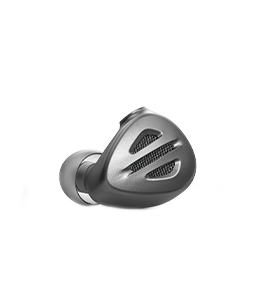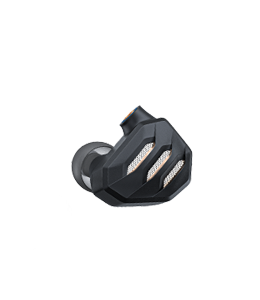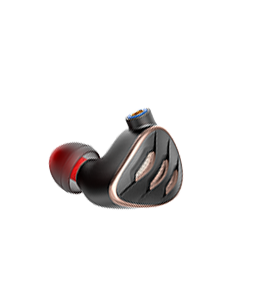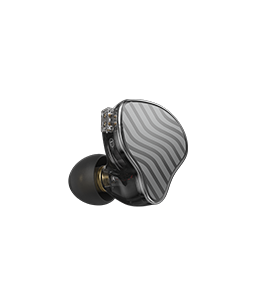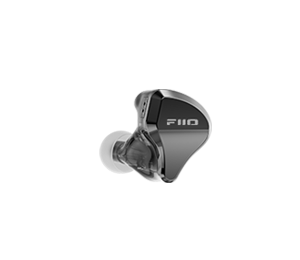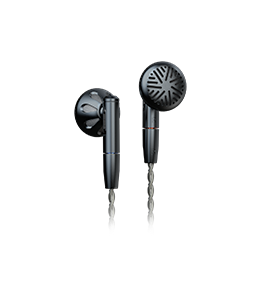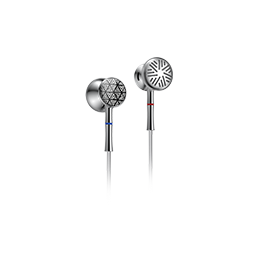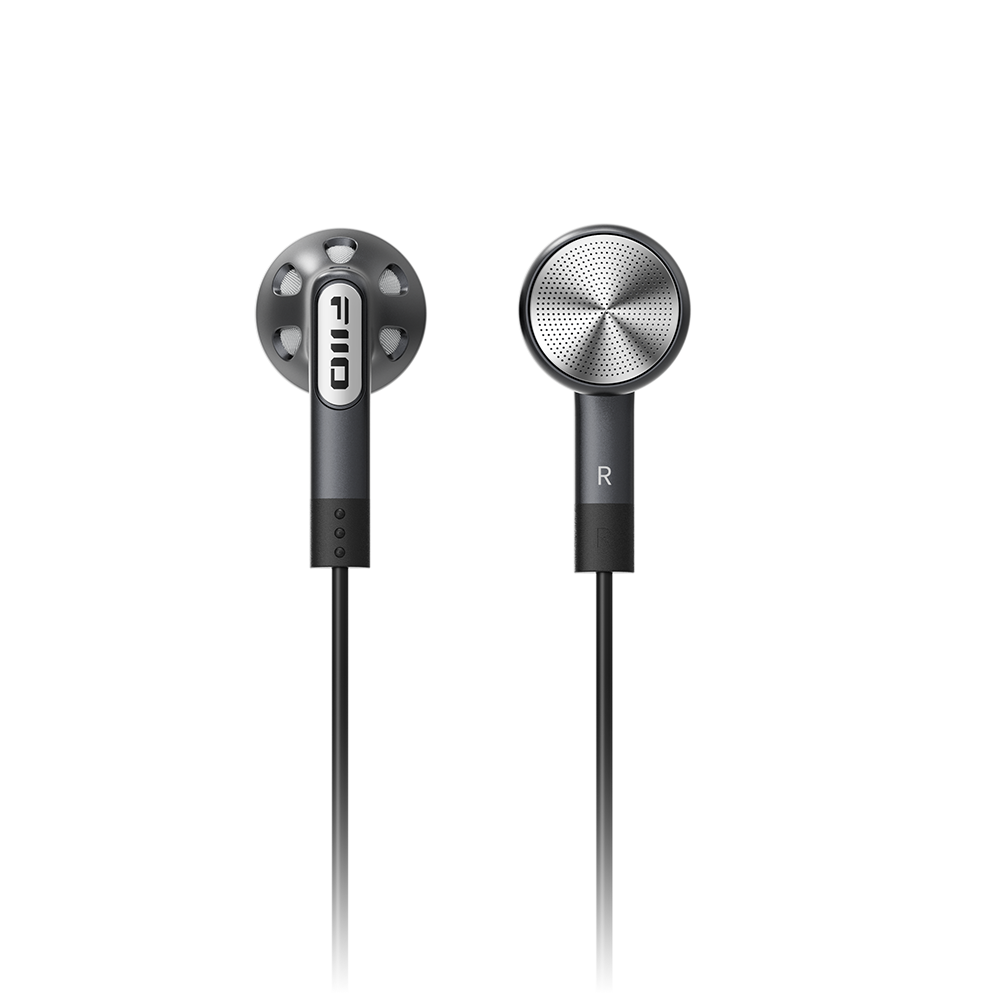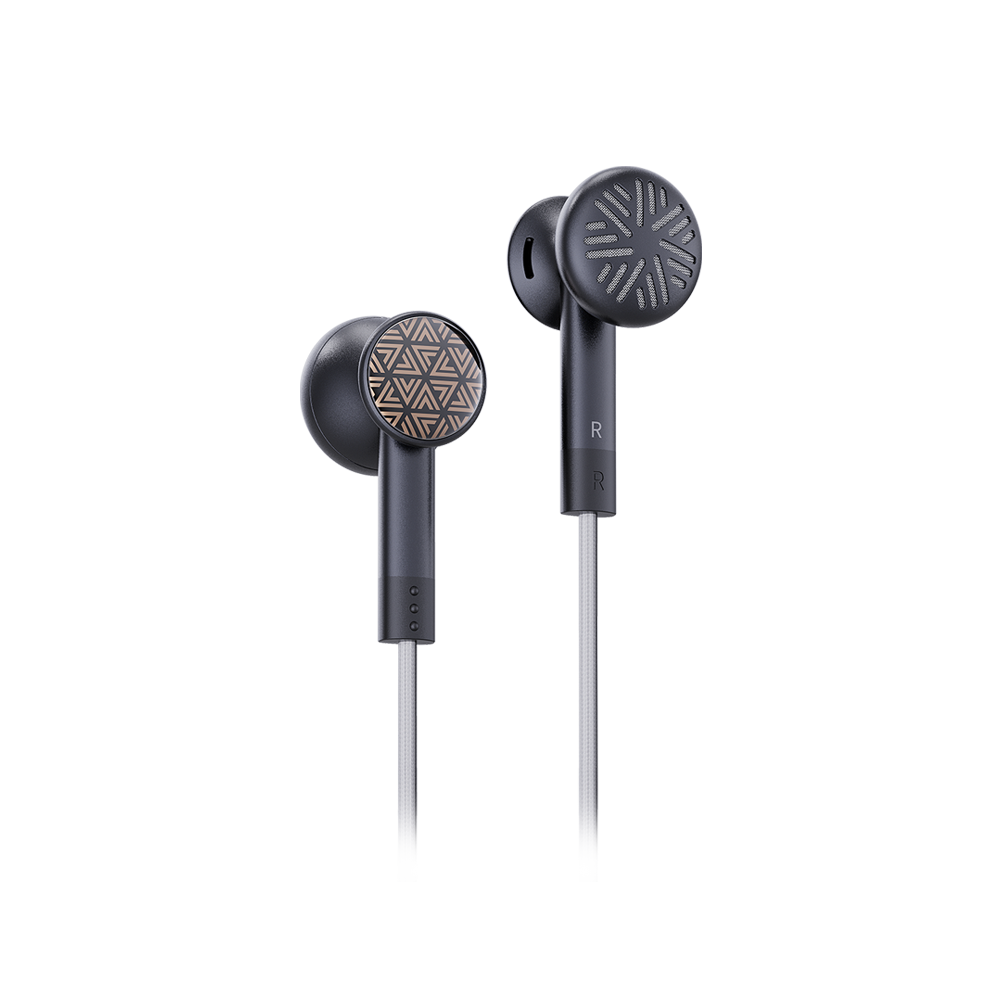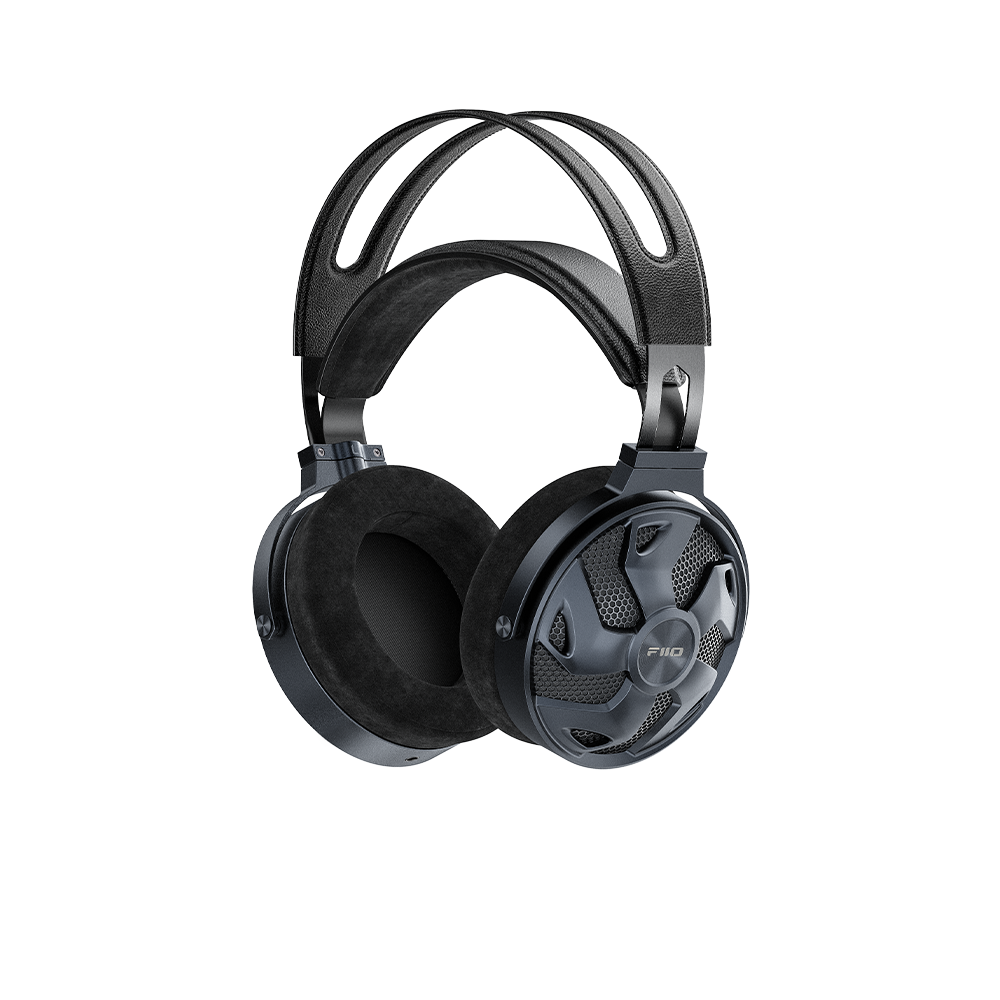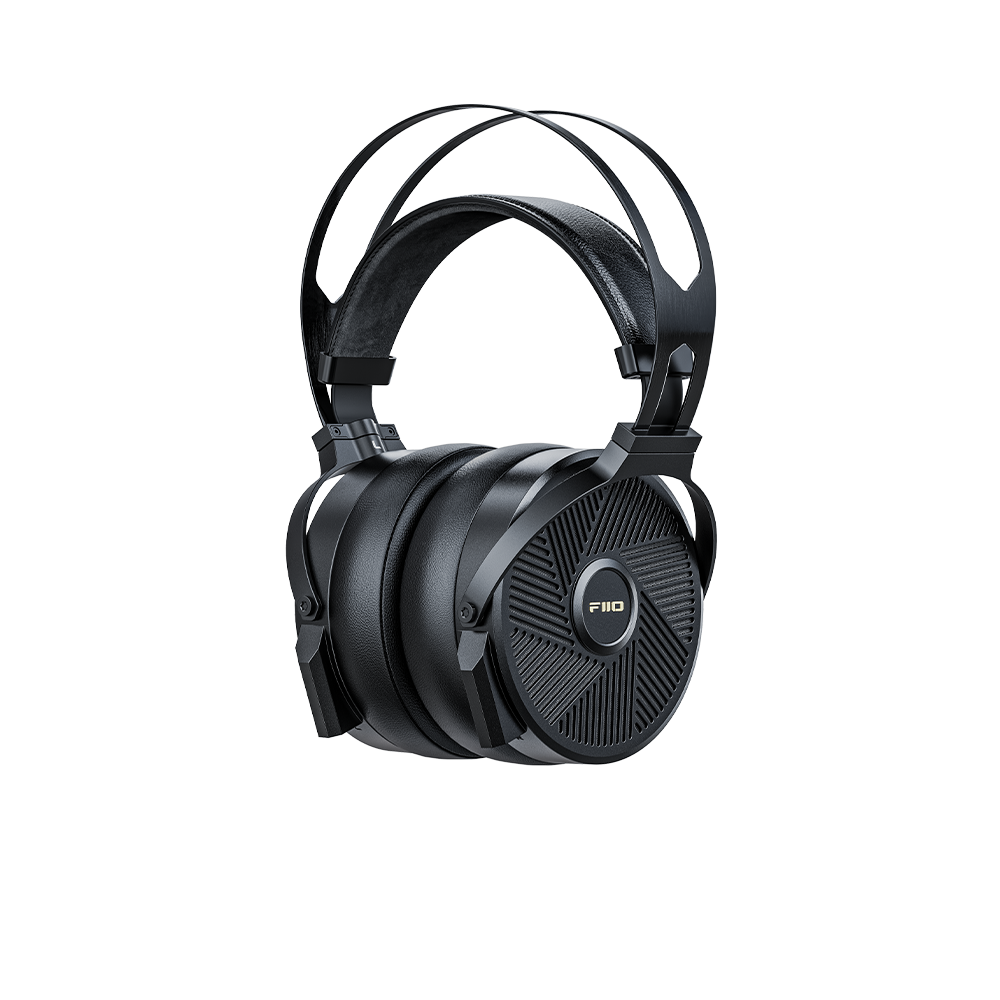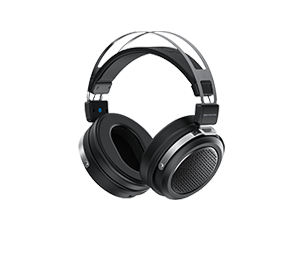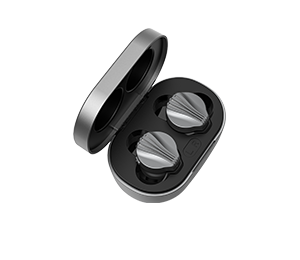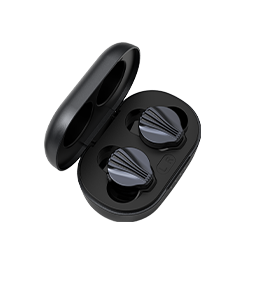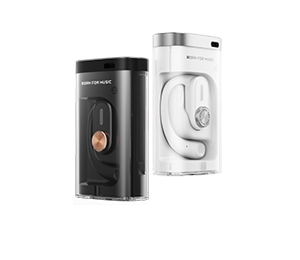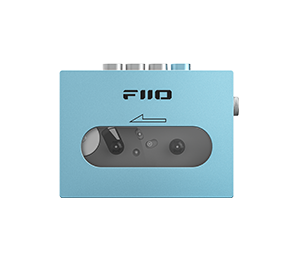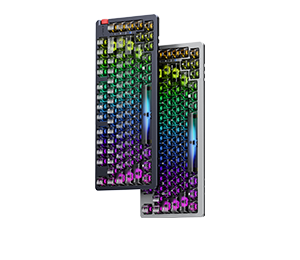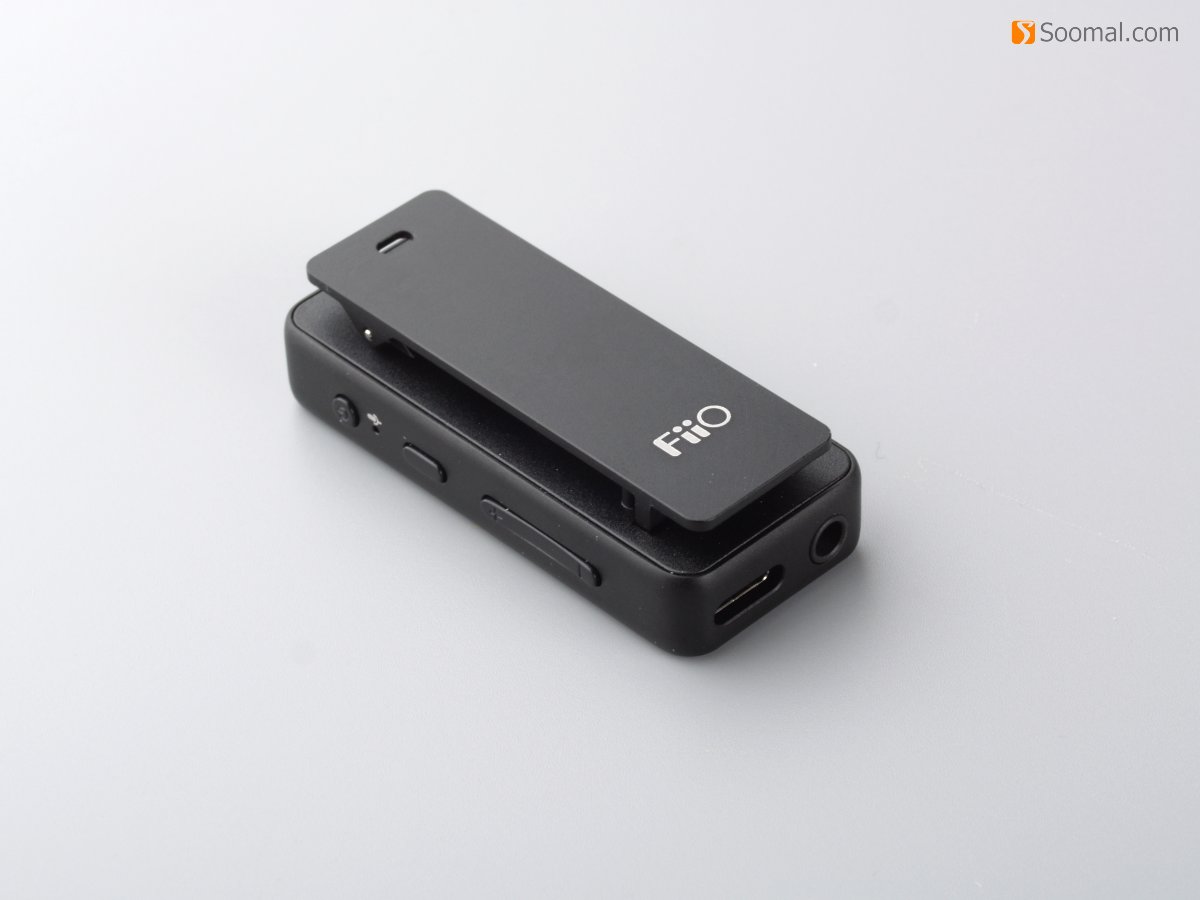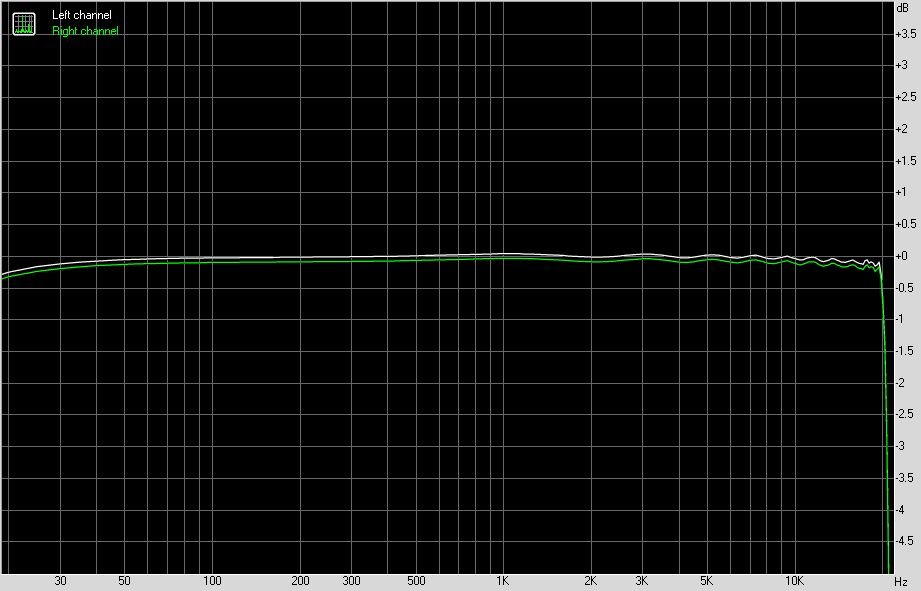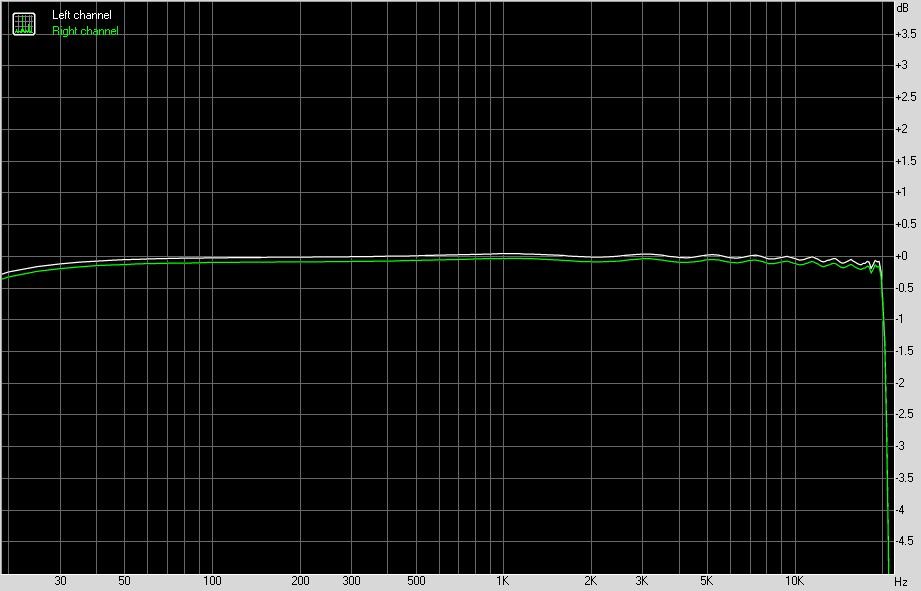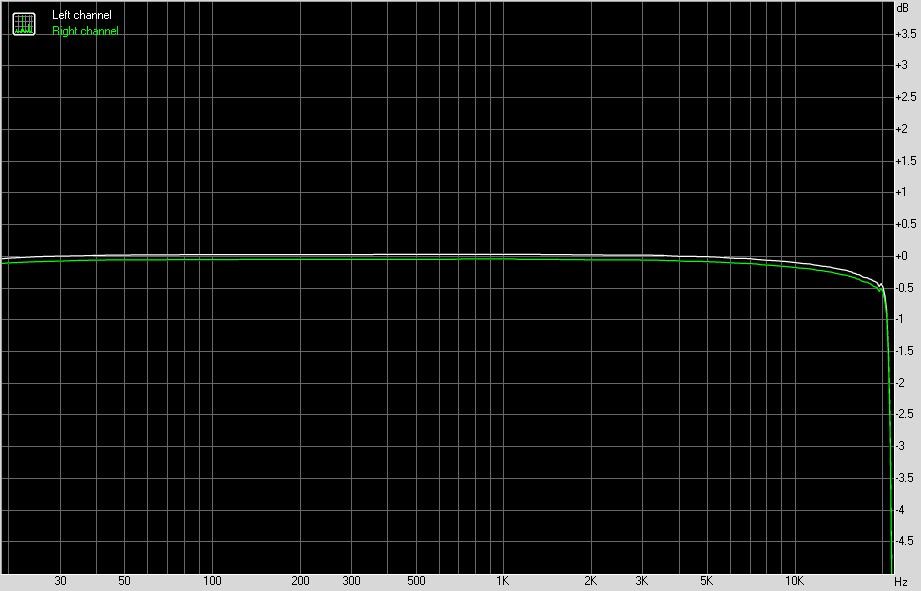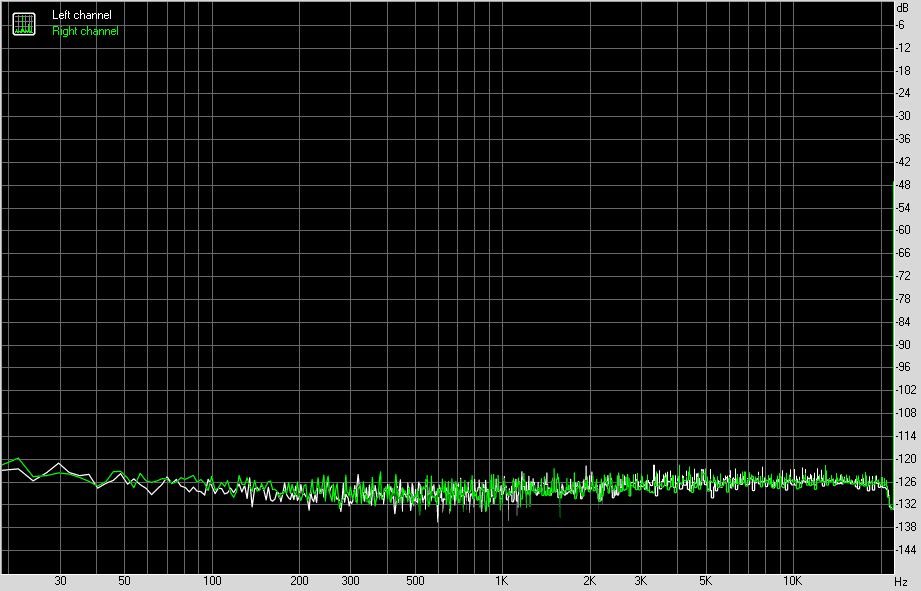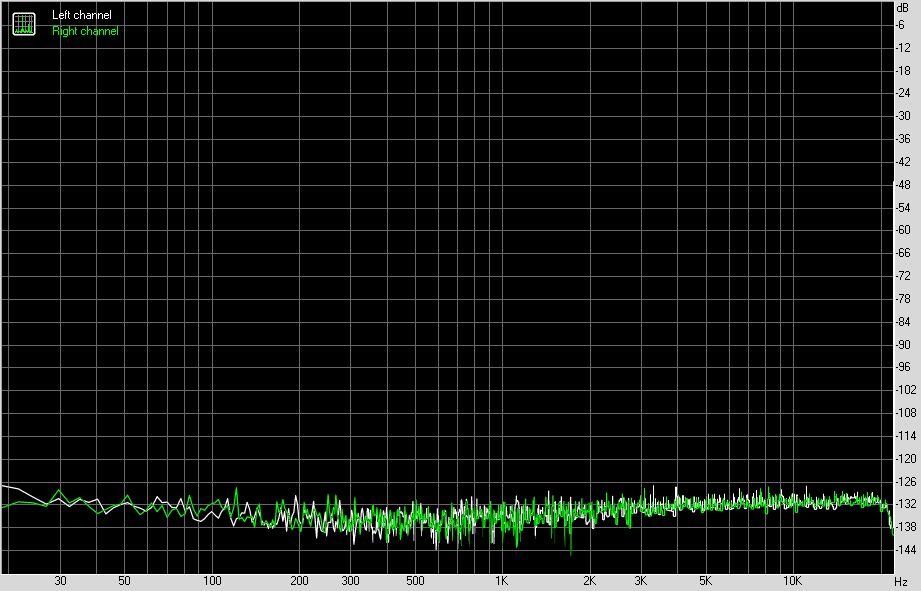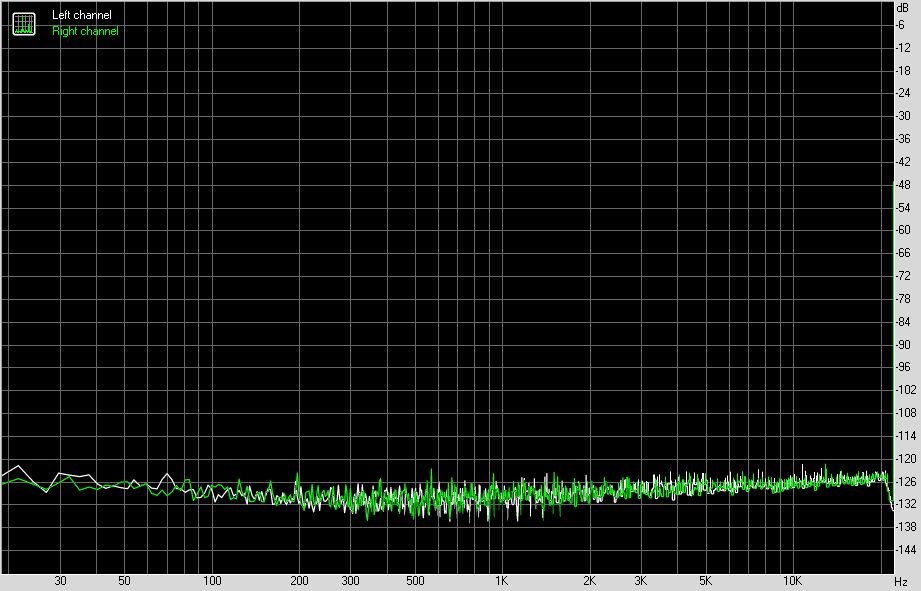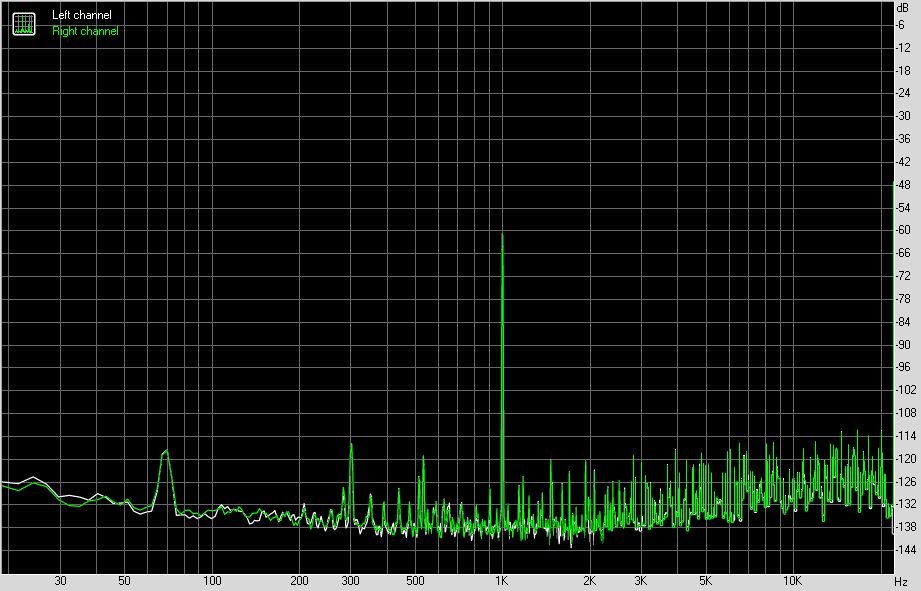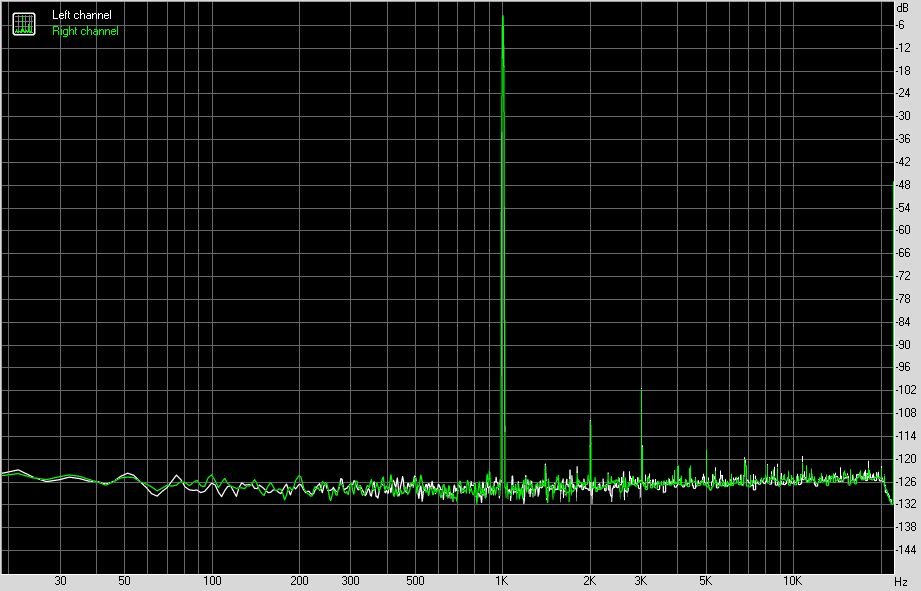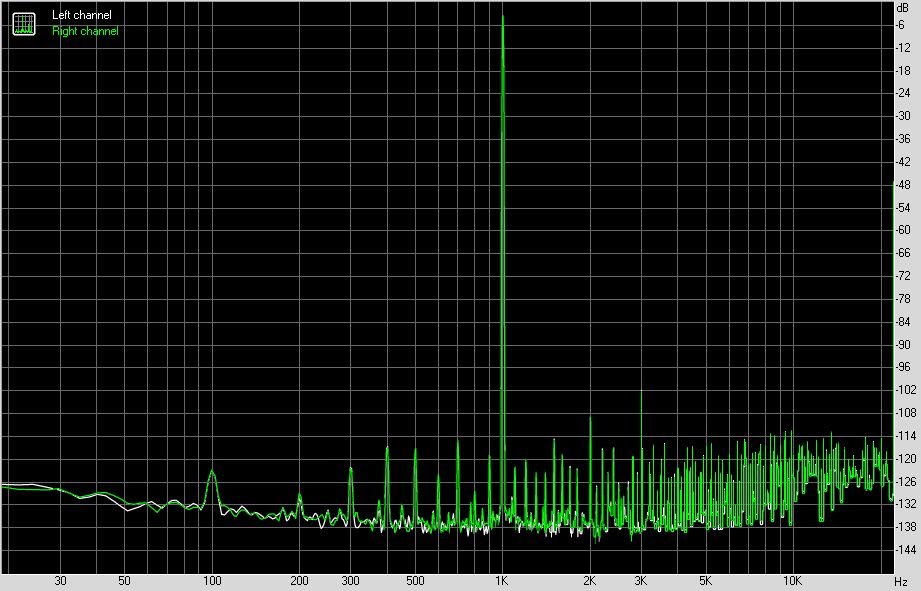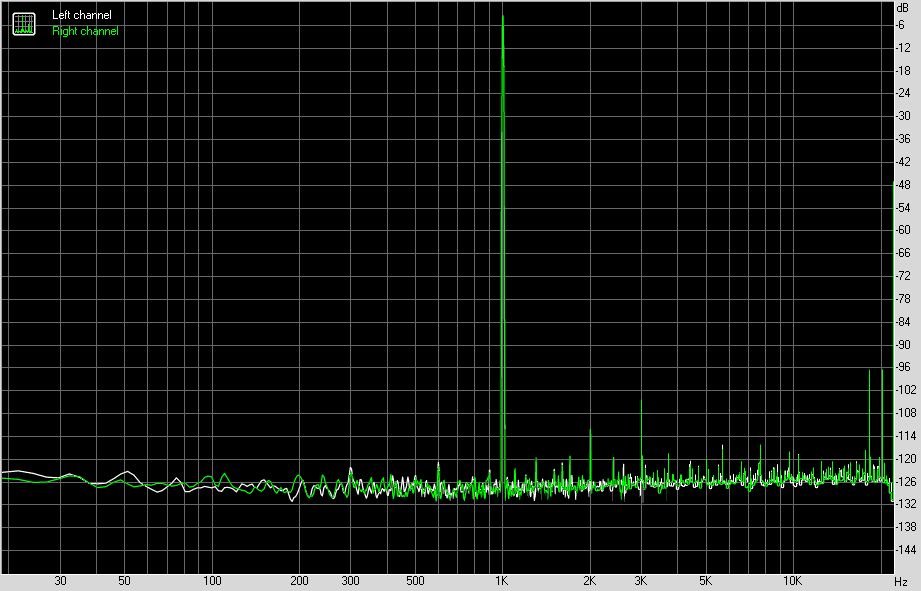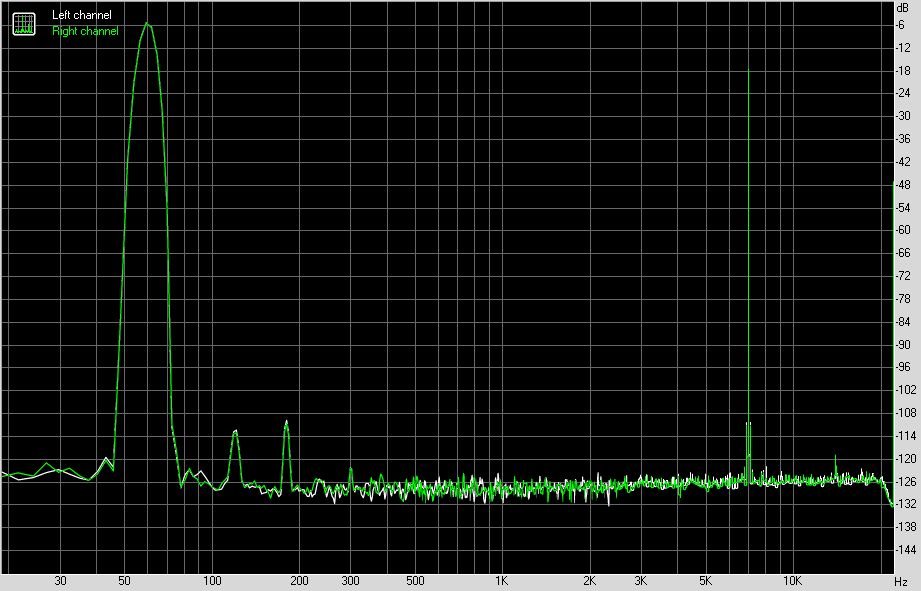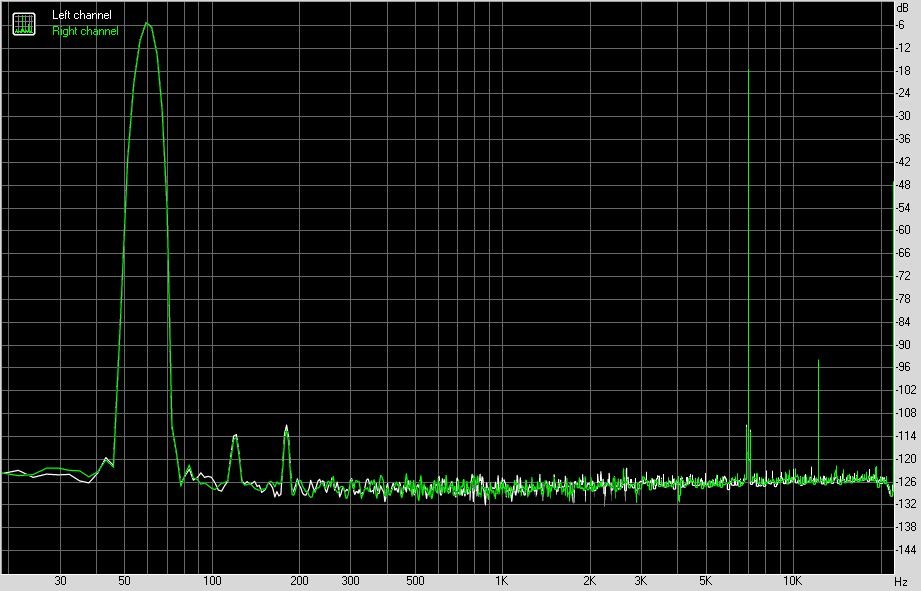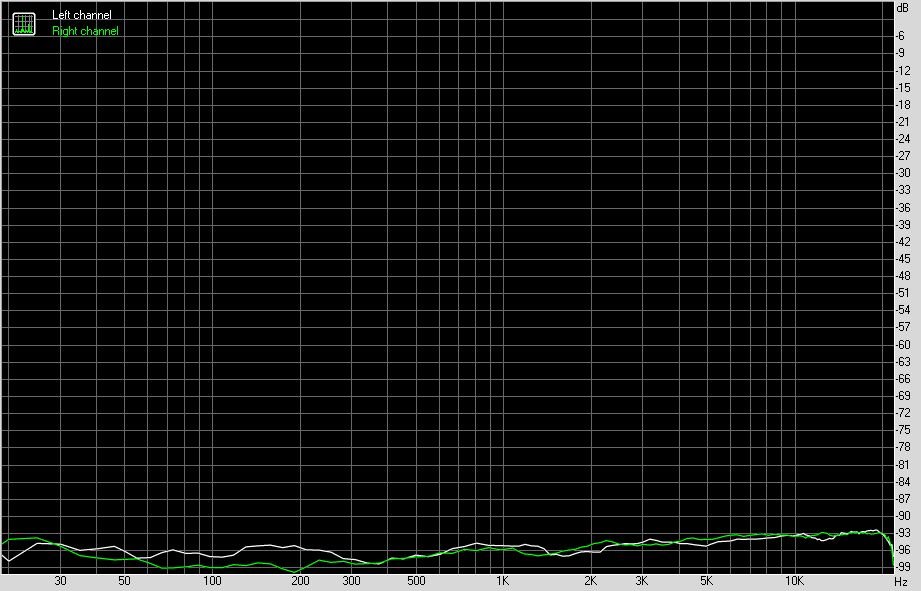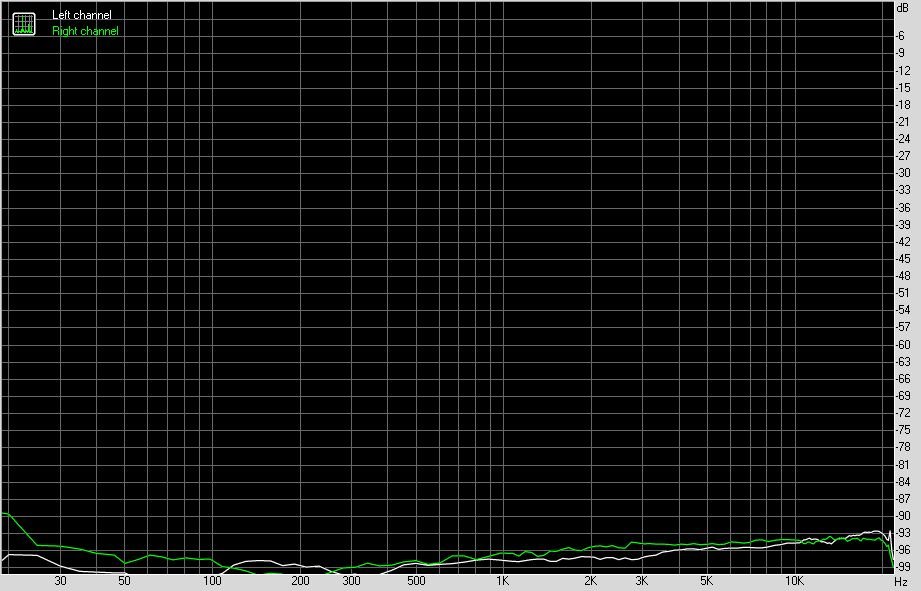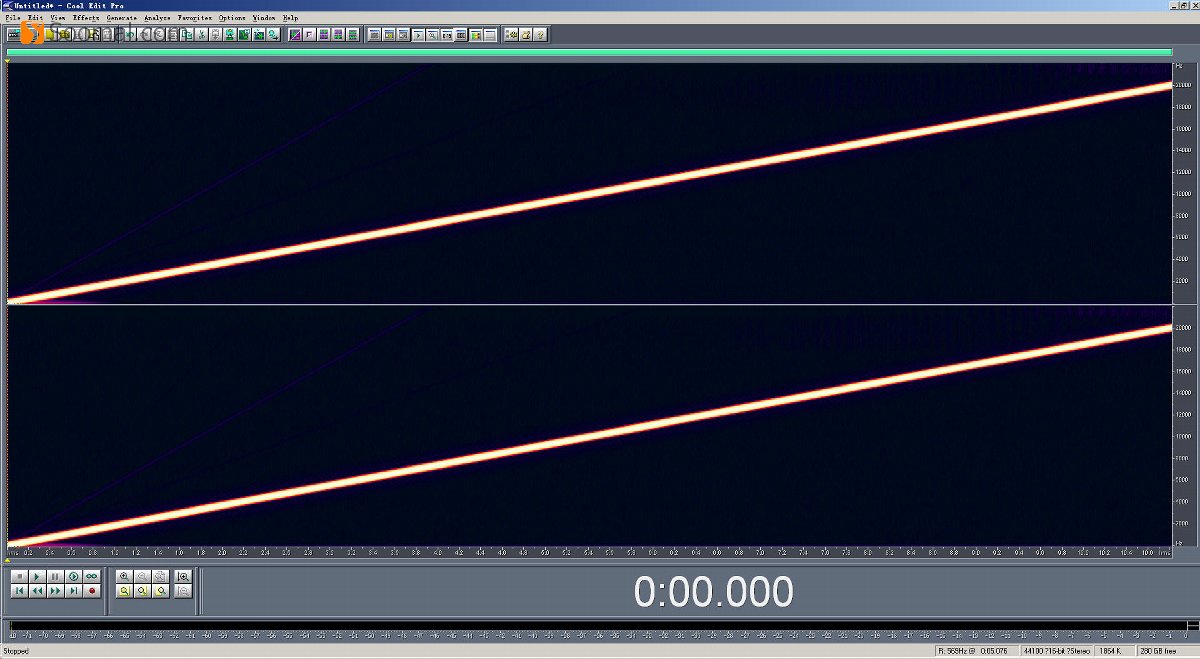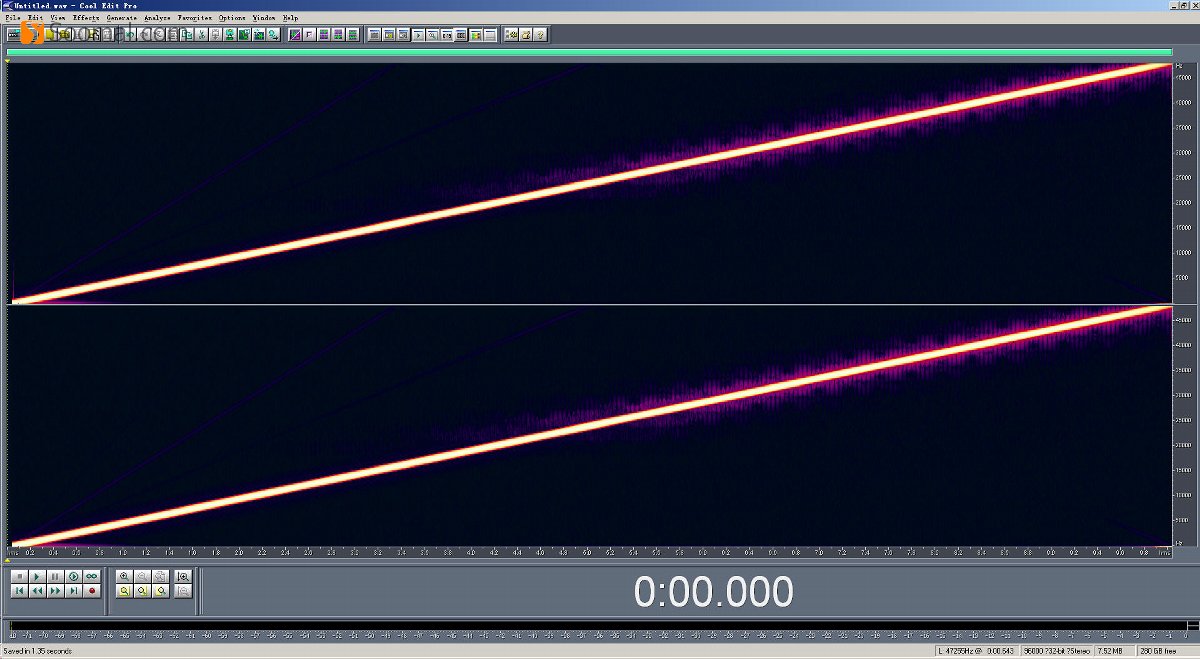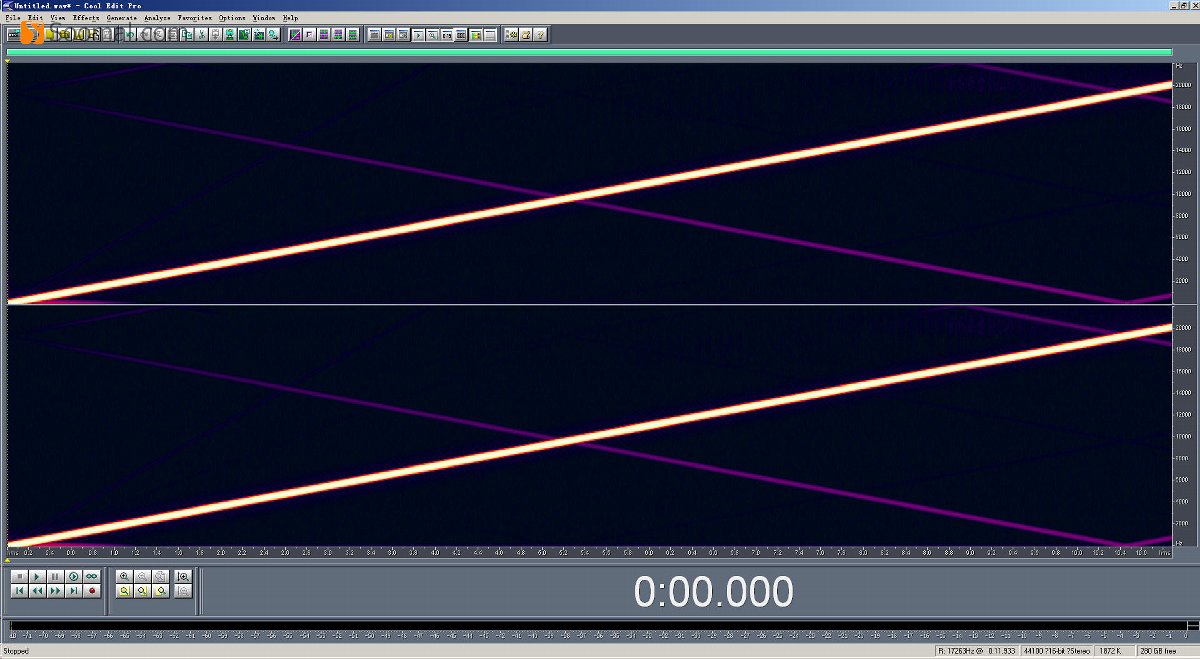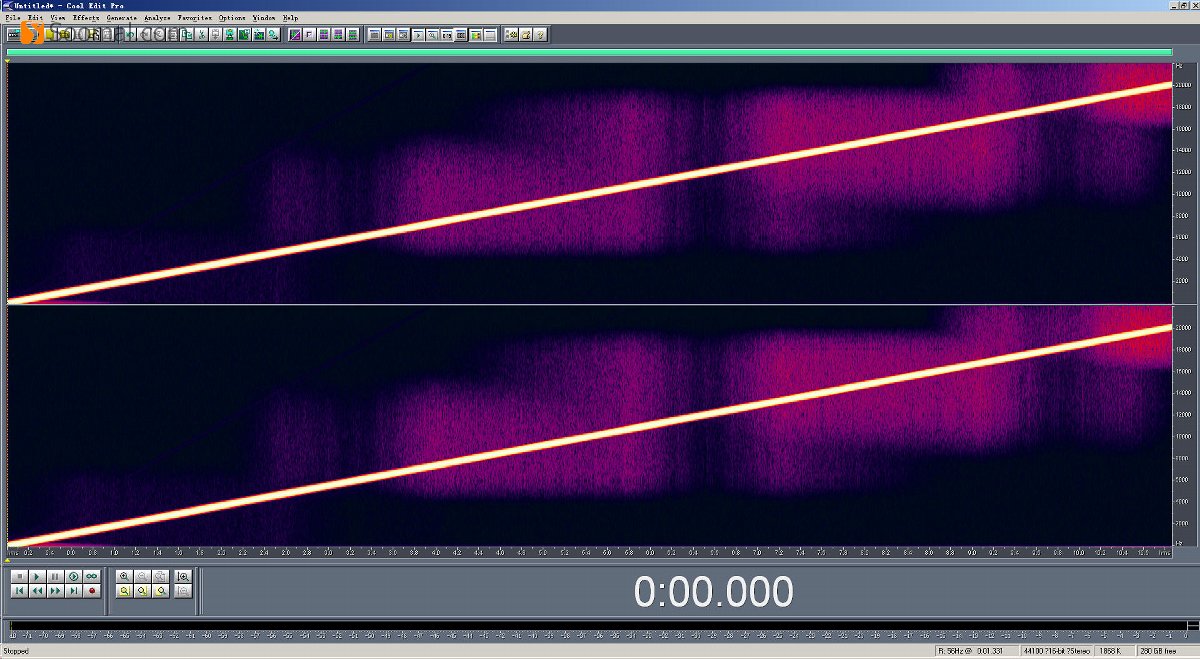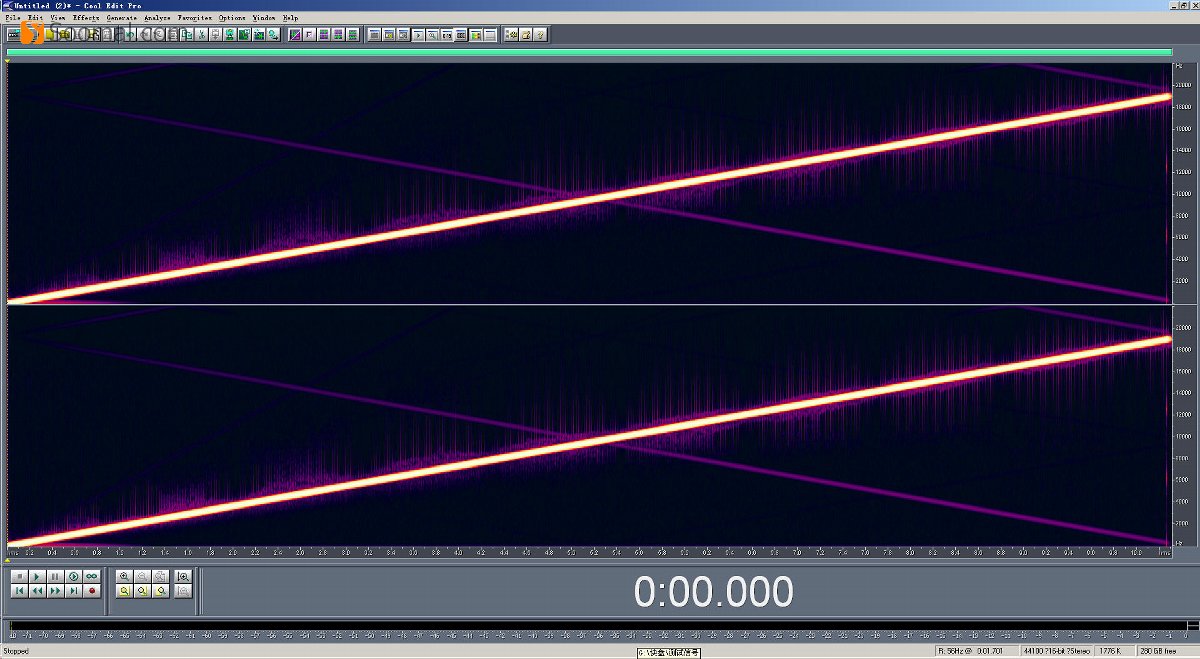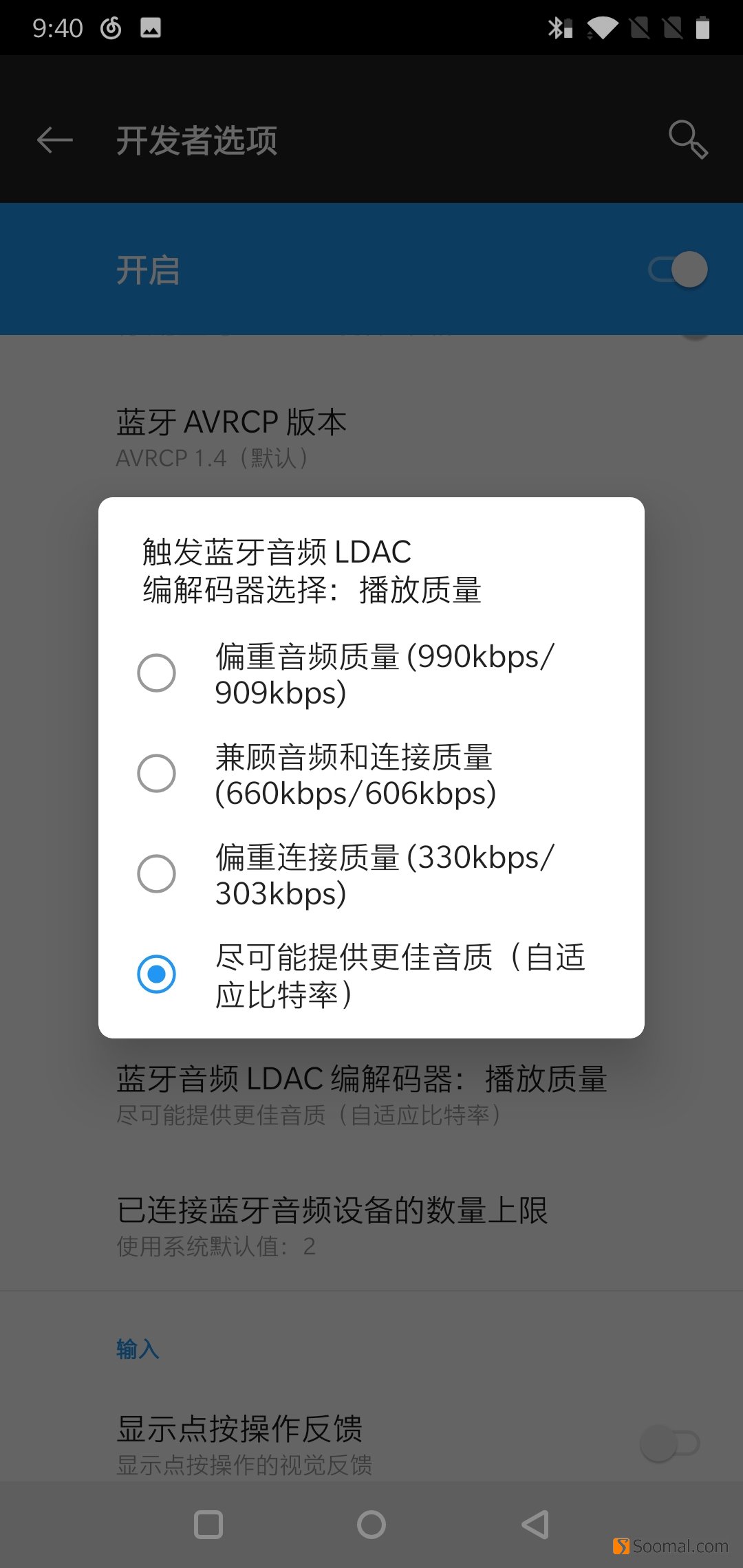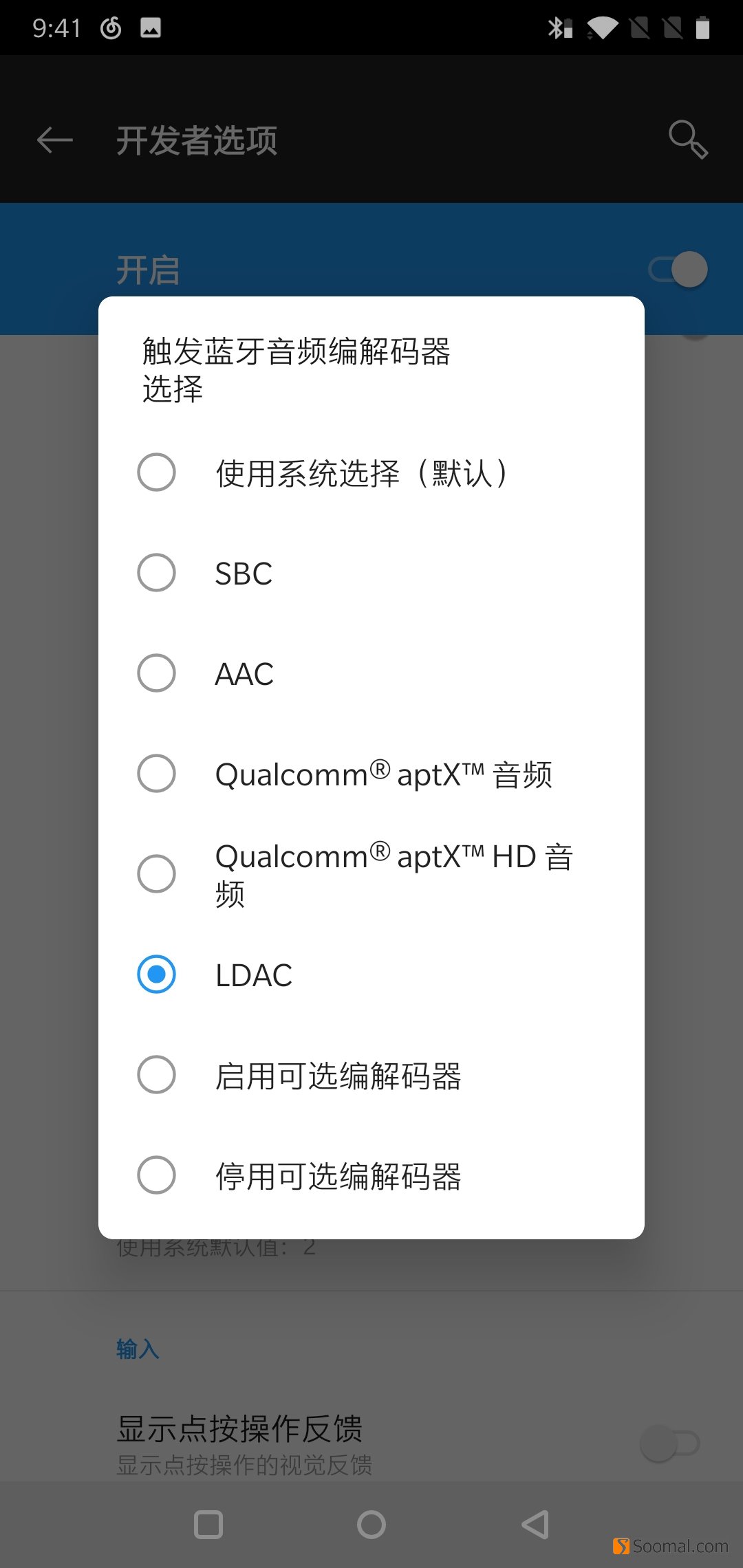Feiao FiiO BTR3 Portable Bluetooth Sound Card Ear Release Evaluation Report [1] Sony Bluetooth LDAC
Feiao BTR3 is a test equipment that we like and are very happy to buy. It does not accept the test. The advantage of buying it yourself and not being a partner is that you can do whatever you want? Therefore, this evaluation will not focus on evaluating the common functions of BTR3 products. Please read the instructions for these functions yourself. We are more concerned that BTR3 provides a standard platform that can be used to verify and compare various Bluetooth codes. Today's first article is to test the objective indicators of LDAC coding. This is probably the first time since LDAC coding came out that it can give us the opportunity to see what level of technology behind it has reached.
Feiao FiiO BTR3 Portable Bluetooth Sound Card
Feiao FiiO BTR3 Portable Bluetooth Sound Card
First, let's briefly introduce Feiao's BTR3. Feiao BTR3 is probably the most versatile Bluetooth wireless sound card on the market at present. It uses Qualcomm CSR's CSR8675 Bluetooth wireless chip and theoretically supports Bluetooth 5.0LE and Qualcomm CSR's current highest quality apt-X HD audio coding. In the DAC part, Feiao did not use Qualcomm's public version scheme, while AKM's AK4376 DAC, considering the product price and positioning, may be better in the future, but at present it has no rivals.
Feiao maintains the same high standard in terms of product appearance details, and still has obvious advantages in similar products in China. This time, a whole piece of 2.5D glass on the front of BTR3 and the LOGO lamp with hidden transparent FiiO placed under it not only have a sense of design as a whole, but also have very good functional expression, LED color and light appearance. The FiiO LOGO lit by LED can represent different Bluetooth coding states, which also provides great convenience for our analysis during testing. It is also a very interesting thing for enthusiasts who like tossing and turning.
Feiao FiiO BTR3 Portable Bluetooth Sound Card
let's discuss first our test is roughly divided into several articles. First, today's evaluation will only focus on LDAC, because we have been waiting for the objective test of LDAC for many years, and there has been no such equipment, and finally we have waited for BTR3. In the second article, we will verify the two things missed when testing LDAC, USB mode and non-high-quality LDAC coding supplementary test, etc. The third article, Huawei HWA's LHDC test, may consider adding other equipment. In the fourth summary, there are no surprises in the objective tests of apt-X HD and AAC, and the previous test results have not changed. In the future, it may be added to other devices and related tests after starting Bluetooth 5.0, because CSR8675 do not seem to work in Bluetooth 5.0 mode at present.
objective test
Let's go directly to the objective test of Bluetooth LDAC. Why was there no way to do similar tests before? Although mobile phones that have been Android8 since 2017 can theoretically support LDAC Bluetooth, this is only the transmitting end, and the receiving end is basically based on Sony's headphones, audio and other equipment. Feiao BTR3 is a standard platform that supports a variety of Bluetooth audio decoding and provides a unified 3.5mm headset analog output, so it is convenient to test. At the output of LDAC and apt-X, we use one plus six mobile phones. In addition, we have made a special belief authentication and compared it with Sony's A45. By the way, the vivo X23 and oppo R17 that have just been obtained have been verified, and some mobile phone compatibility tests will be conducted one after another.
test, all LDAC was locked in the high quality mode of 990kbps. Since Sony's LDAC can theoretically support 24bit/96kHz output, in addition to the traditional 16bit/44.1kHz test, three sets of 24bit signal analysis tests have been done.
| LDAC test | 16bit one plus 6 | 24bit one plus six | 16bit A45 |
| noise level, dB (A): | -95.6 | -101.8 | -95.4 |
| Dynamic range. dB (A): | 96.1 | 101.0 | -96.3 |
| total harmonic distortion, %: | 0.0014 | 0.0016 | 0.0024 |
| intermodulation distortion, %: | 0.0047 | 0.0031 | 0.0060 |
| stereo separation, dB: | -95.5 | -103.1 | -97.1 |
Feiao FiiO BTR3 Portable Bluetooth Sound Card-Frequency Response Curve @ LDAC Sony A45
Feiao FiiO BTR3 Portable Bluetooth Sound Card-Noise Distribution 1644 @ LDAC One Plus 6 Mobile Phone
Feiao FiiO BTR3 Portable Bluetooth Sound Card-Noise Distribution 2444 @ LDAC One Plus 6 Mobile Phone
Feiao FiiO BTR3 Portable Bluetooth Sound Card-Noise Distribution @ LDAC Sony A45
Feiao FiiO BTR3 Portable Bluetooth Sound Card-Dynamic Range 1644 @ LDAC One Plus 6 Mobile Phone
Feiao FiiO BTR3 Portable Bluetooth Sound Card-Dynamic Range 2444 @ LDAC One Plus 6 Mobile Phone
Feiao FiiO BTR3 Portable Bluetooth Sound Card-Dynamic Range @ LDAC Sony A45
Feiao FiiO BTR3 Portable Bluetooth Sound Card-Total Harmonic Distortion @ LDAC Sony A45
Feiao FiiO BTR3 Portable Bluetooth Sound Card-Intermodulation Distortion @ LDAC Sony A45
Feiao FiiO BTR3 Portable Bluetooth Sound Card-Separation Curve 1644 @ LDAC One Plus 6 Mobile Phone
Feiao FiiO BTR3 Portable Bluetooth Sound Card-Separation Curve 2444 @ LDAC One Plus 6 Mobile Phone
Feiao FiiO BTR3 Portable Bluetooth Sound Card-Separation Curve @ LDAC Sony A45
judging from the objective test results of RMAA, it is still very exciting to look at the digital results alone. if you look at the two spectra of harmonic distortion carefully, the performance is still very satisfactory, but the frequency response part is still a little shaking. At 44.1kHz and 48kHz, the objective index of LDAC has reached the level of lossless compression coding, which is completely different from AAC and apt-X. From the frequency scanning graph below, we can see how far AAC is from the apt-X LDAC. From the point of view of signal analysis, the loss of audio codec of Bluetooth in the past is still quite large. It feels terrible to look at the objective test analysis alone, although the final music does not sound so miserable.
Feiao FiiO BTR3 Portable Bluetooth Sound Card-Frequency Scan @ LDAC One Plus 6 Mobile Phone
Feiao FiiO BTR3 Portable Bluetooth Sound Card-Frequency Scan @ 48kHz LDAC One Plus 6 Mobile Phone
Feiao FiiO BTR3 Portable Bluetooth Sound Card-Frequency Scan @ 96kHz LDAC One Plus 6 Mobile Phone
Feiao FiiO BTR3 Portable Bluetooth Sound Card-Frequency Scan @ LDAC Sony A45
Feiao FiiO BTR3 Portable Bluetooth Sound Card-Frequency Scan @ atp-X HD One Plus 6 Mobile Phone
Feiao FiiO BTR3 Portable Bluetooth Sound Card-Frequency Scan @ AAC One Plus 6 Mobile Phone
and at the 96kHz sampling rate of LDAC, only the part above 24kHz begins to have some strange distortions generated by previous lossy compression near the main signal.
but at the end of the test, we remembered that we should verify Sony Dafa's belief, but we didn't expect an accident. LDAC, which is stable and reliable under one plus six and Samsung S9, has a problem under Sony A45. As shown by RMAA and frequency scanning, when A45 is connected to LDAC, there are two harmonics of high intensity above about 18kHz at high frequency, which leads to very strong intermodulation distortion. It seems that Sony has made another inexplicable negative optimization of its technology?
Judging from the objective indicators, LDAC performs the same under one plus six and Samsung S9. Although vivo X23 shows LDAC in the developer mode encoder, it actually cannot work, thanks to the color of BTR3 's work indicator. The LDAC of oppo R17 can work, but the objective index has a little problem. No one plus 6 and S9 perform well, but it is better than A45.
subjective hearing
in subjective hearing evaluation, we need to switch several different encoders to compare sound quality. On one plus six, we can switch Bluetooth encoders in the same developer mode as the official Android. The indicator lights that are proud of BTR3 represent different codes. It is very convenient and reliable to use to ensure that the switch is actually performed, which is very important.
Feiao FiiO BTR3 Portable Bluetooth Sound Card-LDAC @ One Plus 6 Mobile Phone
Feiao FiiO BTR3 Portable Bluetooth Sound Card-LDAC @ One Plus 6 Mobile Phone
Feiao FiiO BTR3 Portable Bluetooth Sound Card-Encoder Status @ Android8
Feiao FiiO BTR3 Portable Bluetooth Sound Card-Encoder Type Selection Switching @ Android8
In previous Sony headphone and audio tests, LDAC showed better high-frequency resolution than AAC and SBC, but compared with apt-X, its advantages are more in the medium and low frequency dynamics, and its high-frequency advantages are relatively small. Generally speaking, LDAC has obvious advantages over SBC in terms of subjective hearing in the past, but it is definitely better than apt-X, but its advantages are very small. So will today's test change this view. The answer is yes! Since the advantages of AAC in high frequency resolution are relatively obvious, the following comparison is only apt-X.
from the subjective sense of hearing, we can not only distinguish the advantages of LDAC over apt-X, but also distinguish the advantages of better performing LDAC over Sony A45. LDAC has shown more advantages and details under BTR3 than we heard on Sony's 1000X series headphones, MUC-M2BT1 headphone cables, CAS-1 micro combination audio, and ZR7 audio. In the high-frequency part, we have always thought that the apt-X seems to have traces of modification on the high frequency. Now that we think about it, we think that it may be expressed as a compensation after lossy compression more accurately. However, apt-X's high-frequency details are indeed better than AAC and SBC.
, LDAC's high frequency has more obvious advantages than apt-X under BTR3 this time. The sound is no longer a somewhat modified hearing under the apt-X, but a relatively smooth, clean and relaxed hearing, which is consistent with the objective test results and is relatively easy to identify. Relatively speaking, although the high frequency harmonic of Sony A45 appears above 18kHz, the distortion caused by multiple intermodulation still obviously affects the high frequency. However, interestingly, the high frequency of A45 sounds a bit like apt-X. It seems that the sound density is better, but it loses details and loose hearing.
on Sony's own speaker headphones in the past, we can easily hear that LDAC has better dynamics than apt-X in the intermediate and low frequency parts, especially in the low frequency parts, with improved strength and resolution. However, under BTR3, we think that the dynamic, analytical and hierarchical advantages of intermediate and medium-high frequencies are not shown on LDAC equipment in the past, or the advantages of LDAC in intermediate and medium-high frequency sound quality under BTR3 are more obvious. We can clearly hear that the vocal details under LDAC are more abundant, and the tension and knot of female voices are relatively better. In the low-frequency part, the trend is consistent with the past, and the sound will be felt to be more compact, powerful, and better analytical.
if you are not an enthusiast or have no interest in sound quality. Through careful comparison, we can still hear some advantages of LDAC over apt-X, but the possibility of final interest is still not great. For enthusiasts, BTR3 shows LDAC's advantages in sound details and dynamics to a greater extent than Sony's own audio headphones. Especially in terms of sound level and analytical power, LDAC shows different styles and subtle transient details with different trends and apt-X, with more information and significantly less modification.
will always discuss whether wireless audio or not can't surpass wired? On BTR3, we should have made two sets of comparisons to answer this question. First, verify from a rigorous technical point of view: how is the sound quality of BTR3's USB DAC mode? Unfortunately, we can't make sound in this USB mode at present. Second, from the user's usage scenario verification: how does the mobile phone used to transmit Bluetooth signal compare to BTR3 sound quality? It is certain that although BTR3 only uses an entry-level AKM DAC, its resolution and dynamic performance under LDAC is definitely better than the conventional design of mobile phone headset output, for example, it is really better than one plus six.
Of course, more tests are still on the way. For example, how does Huawei's LHDC compare with LDAC? However, the most important functional test of BTR3 has been completed. If you need an LDAC adapter with good sound quality, BTR3 is a good choice at present. Of course, you should also ensure that your mobile phone has good compatibility. Today's test also found that Sony's A45 is not a good LDAC solution, it is actually not as good as a Android phone.
The article is from Soomal. For the original link, please stamp>>Click



